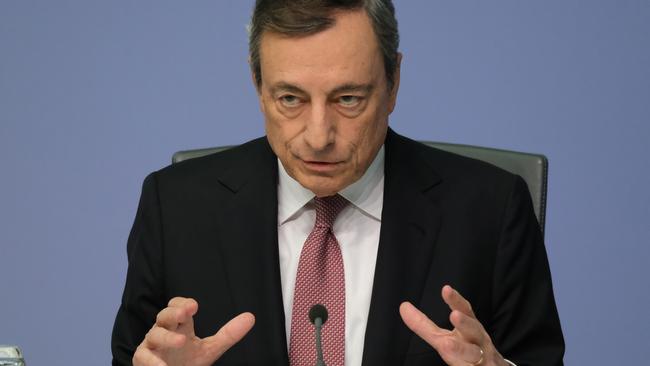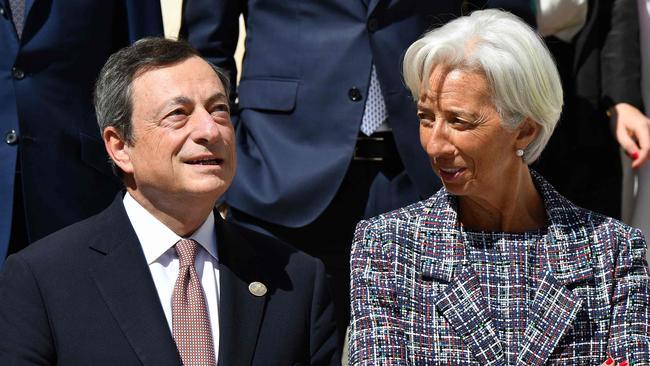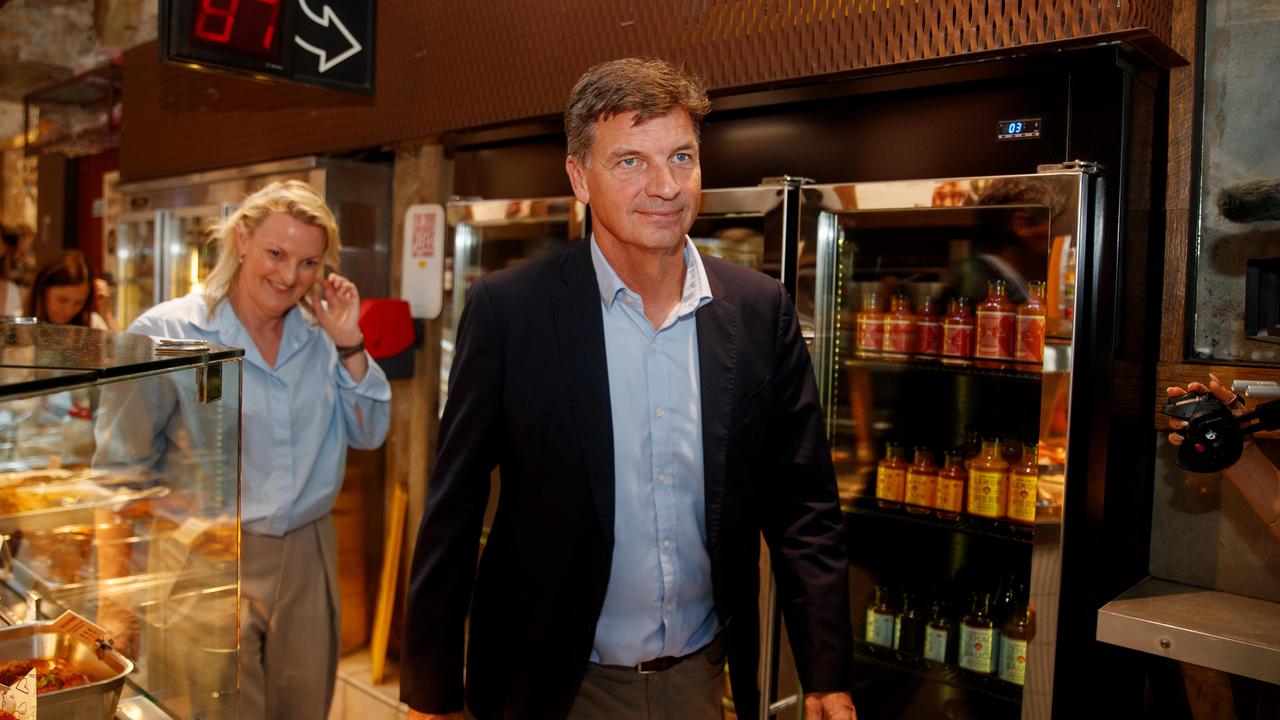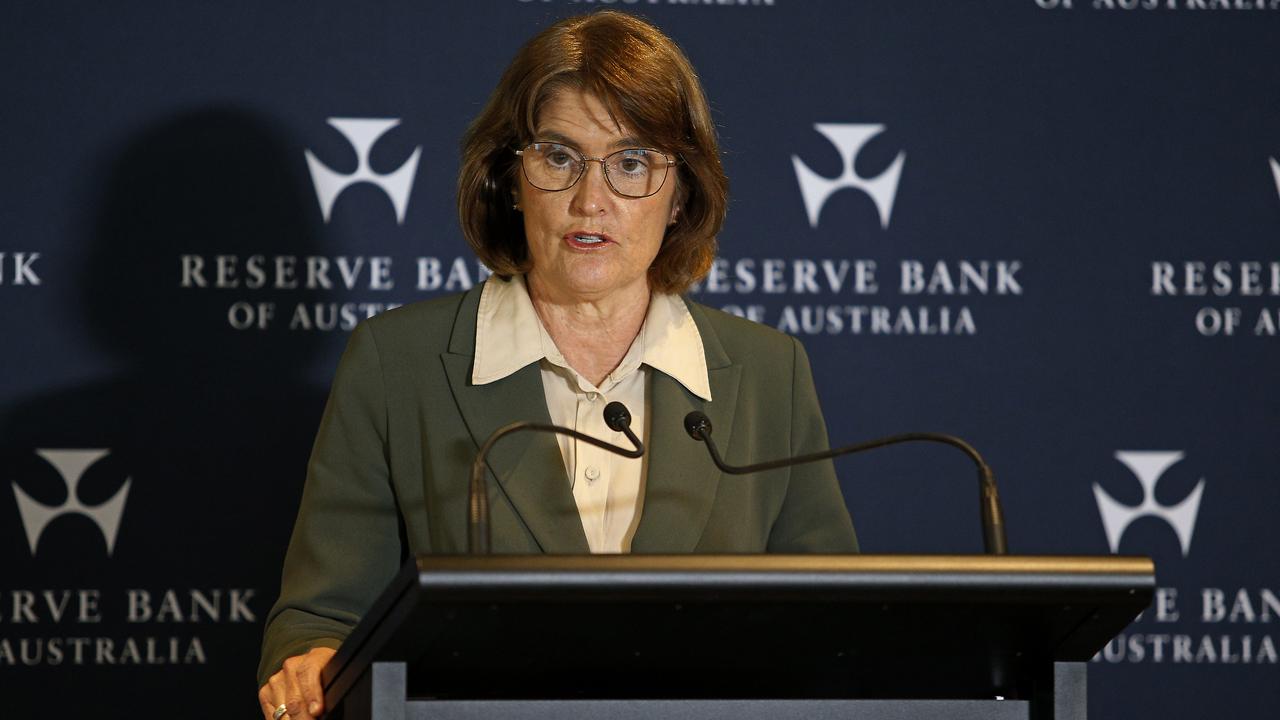European Central Bank moves to spur eurozone economy
ECB cuts key interest rate, launches bond purchases, in bid to insulate eurozone from global slowdown.

The European Central Bank cut its key interest rate and launched a sweeping package of bond purchases that lays the ground work for a long period of ultraloose monetary policy, jolting European financial markets and triggering an immediate response from President Donald Trump.
The ECB’s pre-emptive move was aimed at insulating the eurozone’s wobbling economy from a global slowdown and trade tensions.
It is the ECB’s largest dose of monetary stimulus in three and a half years and a bold finale for departing President Mario Draghi, who looks to be committing his successor to negative interest rates and an open-ended bond-buying program, possibly for years.
But the move triggered opposition from a handful of ECB officials, according to people familiar with the matter, while leaving key practical questions unanswered. Primarily: How long can the ECB keep purchasing bonds without significantly enlarging the pool of assets it can buy? Some analysts estimated it might be less than a year.
Investors initially cheered the surprise move as they anticipated the return to bond markets of an 800-pound gorilla, sending the euro down against the US dollar and bidding up the prices of eurozone government debt. But those gains later reversed as Mr Draghi highlighted divisions within the ECB’s rate-setting committee over its future course.
In a tweet, Mr Trump said the ECB was “trying, and succeeding, in depreciating the Euro against the VERY strong Dollar, hurting U.S. exports.” The President has repeatedly criticised the Federal Reserve for being less aggressive than the ECB.
European Central Bank, acting quickly, Cuts Rates 10 Basis Points. They are trying, and succeeding, in depreciating the Euro against the VERY strong Dollar, hurting U.S. exports.... And the Fed sits, and sits, and sits. They get paid to borrow money, while we are paying interest!
— Donald J. Trump (@realDonaldTrump) September 12, 2019
The ECB joins central banks around the world, including the Fed, that have been cutting interest rates in recent weeks amid a bitter trade dispute between the US and China, a fall in trade volumes and a slowdown in global growth.
Second-quarter figures released Thursday by the Organisation for Economic co-operation and Development showed year-to-year economic growth in the Group of 20 leading economies was at its weakest since the start of 2013.
The Fed is expected to cut its key interest rate by a quarter percentage point next week, following a similar cut in July, its first since 2008. The ECB’s move ramps up pressure on the Fed to follow suit.
The ECB said it would cut its key interest rate by 0.1 percentage point, to minus 0.5 per cent, and buy €20 billion ($US22 billion) a month of eurozone debt starting in November, relaunching a so-called quantitative easing program that it only phased out in December.
The new QE program is expected to “run for as long as necessary,” and only to end shortly before the bank starts raising interest rates, the ECB said. The ECB also promised not to raise interest rates “until it has seen the inflation outlook robustly converge” with its target of just below 2 per cent. Thursday’s cut was the ECB’s first since March 2016.
“Mario Draghi delivered a more aggressive easing package than most observers expected, and one of the best outcomes possible in the current political context,” said Frederik Ducrozet, an economist with Pictet Wealth Management in Geneva.
Mr Draghi said at a news conference that the ECB was reacting to a longer-than-expected slowdown in the eurozone and persistently weak inflation. “We still think that the probability of a recession in the euro area is small, but it has gone up,” Mr Draghi said.
The eurozone economy’s growth has slowed to less than 1 per cent, half the pace of the US Europe has been hit hard by international tensions around trade because of its reliance on exports, with Germany -- the region’s economic powerhouse -- particularly vulnerable. The bloc also faces the possibility of a disorderly exit from the European Union by the UK, a prospect that could seriously disrupt business and finance.

Crucially, ECB officials were divided over the decision to revive QE. That stimulus program is particularly contentious in parts of northern Europe due to concerns that it subsidises spendthrift governments in the south of the region.
Reflecting those divisions, officials decided not to significantly enlarge the pool of assets the bank can buy -- though it did expand the kinds of corporate and mortgage bonds it can purchase. Without changing rules that prohibit the bank from buying more than a third of any government’s debt, Mr Ducrozet estimates that the ECB can only continue its bond purchases for 9-12 months.
At least five officials on the ECB’s 25-member rate-setting committee opposed the decision to restart QE, including the governors of the Dutch, French and German central banks, according to people familiar with the matter. Two members of the ECB’s executive board -- Sabine Lautenschlaeger and Benoit Coeure -- also opposed the move, the people said.
Mr Draghi said, “There was no appetite to discuss limits, because we have the headroom to go on for quite some time without raising the discussion about limits.”
The ECB’s policies also are politically sensitive on the other side of the Atlantic. Mr Trump criticised Mr. Draghi on Twitter in June for signalling that fresh ECB stimulus was coming.
“The Fed sits, and sits, and sits,” Mr. Trump tweeted, responding to the ECB’s move. “They get paid to borrow money, while we are paying interest!”
Asked about Mr. Trump’s latest tweet, Mr Draghi said the ECB doesn’t aim to influence the euro exchange rate. “We have a mandate. We pursue price stability and we don’t target exchange rates. Period,” he said.
Some have questioned whether the fresh shot of stimulus will succeed in protecting the eurozone economy from an international trade war that shows little sign of abating. With borrowing rates in the eurozone already exceedingly low, the economy won’t benefit much from the latest moves, say Mr Draghi’s critics.
“I don’t think that this additional decrease in the ECB rate will have any positive impact on economic activity,” said Nuno Fernandes, Professor of Financial Management at IESE Business School in Madrid. “In my view, Europe risks having the fate of Japan,” whose economy stagnated in recent decades despite very loose monetary policy from the Bank of Japan.
By launching such a bold stimulus package, Mr Draghi has left the central bank with very little ammunition to fight any new downturn, while aggravating possible side effects that include asset-price bubbles and weakened banks. Mr Draghi said the ECB was closely monitoring those side effects, and called urgently on eurozone governments to step up spending to support growth.
Unlike the Fed, the ECB never raised interest rates or trimmed its bondholdings during the economic recovery.
The package also binds the hands of Mr. Draghi’s successor, former International Monetary Fund Managing Director Christine Lagarde, who will take office on November 1.
With interest rates falling further below zero, the ECB also moved Thursday to provide relief for the region’s embattled banks, whose profits have been hurt by negative interest rates. The ECB will create a mechanism to shield banks from the full force of negative rates, and sweeten the terms of a fresh batch of long-term loans.
Still, German banks criticised the ECB’s move. “The ECB recalls a motorist who continues to increase speed in a dead end,” said Hans-Walter Peters, President of the Association of German Banks.
Wall Street Journal



To join the conversation, please log in. Don't have an account? Register
Join the conversation, you are commenting as Logout